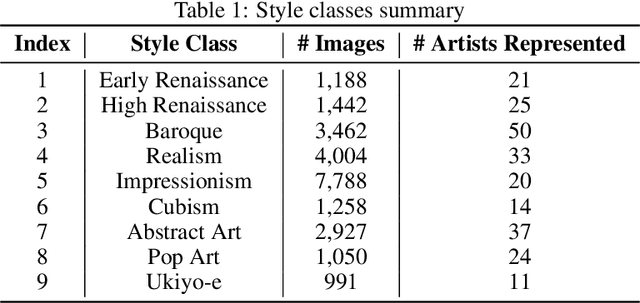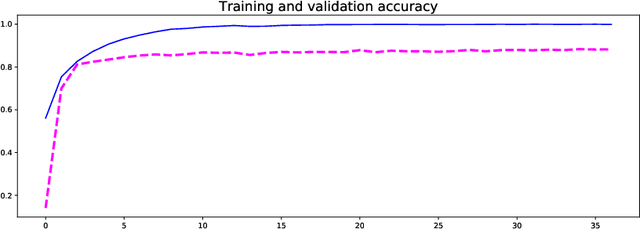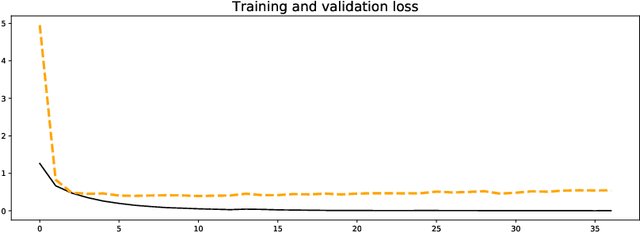Aven Le Zhou
Archiving Body Movements: Collective Generation of Chinese Calligraphy
Nov 27, 2023Abstract:As a communication channel, body movements have been widely explored in behavioral studies and kinesics. Performing and visual arts share the same interests but focus on documenting and representing human body movements, such as for dance notation and visual work creation. This paper investigates body movements in oriental calligraphy and how to apply calligraphy principles to stimulate and archive body movements. Through an artwork (Wushu), the authors experiment with an interactive and generative approach to engage the audience's bodily participation and archive the body movements as a compendium of generated calligraphy. The audience assumes the role of both writers and readers; creating ("writing") and appreciating ("reading") the generated calligraphy becomes a cyclical process within this infinite "Book," which can motivate further attention and discussions concerning Chinese characters and calligraphy.
Machine: The New Art Connoisseur
Dec 03, 2019



Abstract:The process of identifying and understanding art styles to discover artistic influences is essential to the study of art history. Traditionally, trained experts review fine details of the works and compare them to other known works. To automate and scale this task, we use several state-of-the-art CNN architectures to explore how a machine may help perceive and quantify art styles. This study explores: (1) How accurately can a machine classify art styles? (2) What may be the underlying relationships among different styles and artists? To help answer the first question, our best-performing model using Inception V3 achieves a 9-class classification accuracy of 88.35%, which outperforms the model in Elgammal et al.'s study by more than 20 percent. Visualizations using Grad-CAM heat maps confirm that the model correctly focuses on the characteristic parts of paintings. To help address the second question, we conduct network analysis on the influences among styles and artists by extracting 512 features from the best-performing classification model. Through 2D and 3D T-SNE visualizations, we observe clear chronological patterns of development and separation among the art styles. The network analysis also appears to show anticipated artist level connections from an art historical perspective. This technique appears to help identify some previously unknown linkages that may shed light upon new directions for further exploration by art historians. We hope that humans and machines working in concert may bring new opportunities to the field.
 Add to Chrome
Add to Chrome Add to Firefox
Add to Firefox Add to Edge
Add to Edge